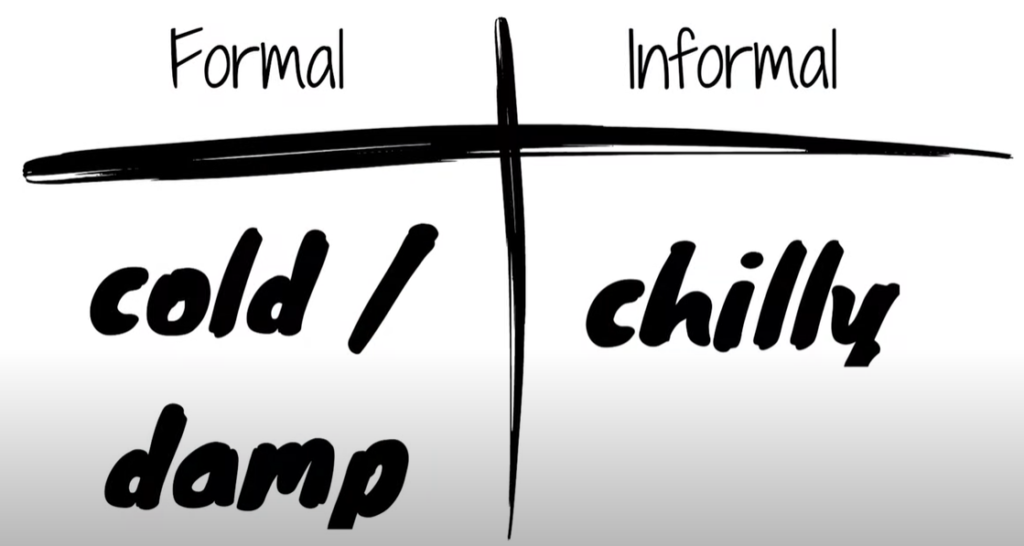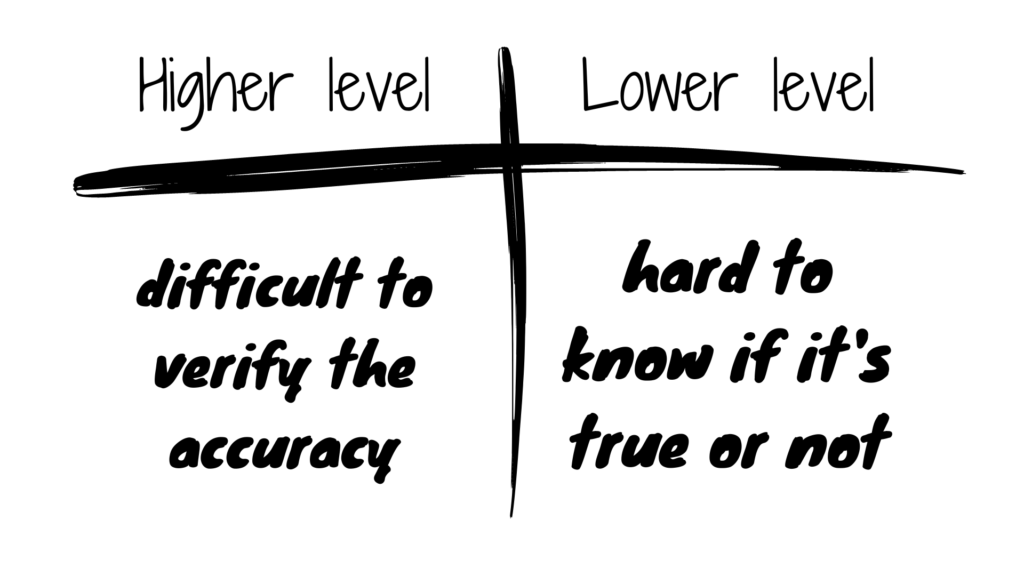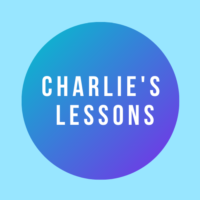We’re taking a look at ChatGPT for ESL teachers and I’m going to show you how you can use this artificial intelligence in your classroom.
Getting set up on ChatGPT
To get set up on ChatGPT you just need to visit chat.openai.com and either make an account or log in. Using my Google account was the easiest. When you arrive at the main website you’ve just got some explanations on how the website works and then at the bottom you have a search bar. This is what you’re going to tell the artificial intelligence what to write. Here comes the fun part.
Give me a brief history of England
The AI then begins to write out an impressive overview of the history of England. From the arrival of the Normans to the fall of the British Empire. Wow!
But…how can we use this in your classroom? Let’s take a look at four ideas.
First idea for using ChatGPT in class
The first way I can use this in the classroom is to compare formal and informal English. Put in a request to describe anything such as a typical Winter’s Day in France for example. It will produce what I would consider a formal text. Once you have this text copied and pasted elsewhere then put in another request. Ask it to make it more informal. Repeat for the 2nd text. I would recommend copying these texts into a Google Doc document, check out my post on 5 tips for teachers using Google Docs right here.
Immediately, when you compare both texts, you can already see some examples of formal and informal English. In this trial run, I noticed that while the formal text used vocabulary to describe the weather as cold and often damp, in the more informal version, we’ve got the word chilly.

I would consider chilly to be an example of more informal English. Depending on what you ask the AI to write about will produce more informal or formal language but I think immediately this would be good activity for students to do in class.
Second idea for using ChatGPT in class
The second idea that I’ve tried in class using artificial intelligence is comparing the level of text. All we need to do again is ask the AI to produce a text for us. In my example I asked it to talk about;
describing the problems that social media is producing in society
What it produces first is the higher level text. I used a Text Checker right here. The level it gave me was roughly a B2, so an IELTS level 5-6. It is not absolutely accurate but it does give us an indication. Back to ChatGPT, I asked it to reduce the level. To do this I asked it to;
rewrite this so a child could understand it
Take this text and compare it with the initial one. Before comparison don’t forget to pop this into the Text Analysis Tool. In this case I got an A2 level. The AI does well in reducing the level of the text. With your students, take these two texts and put them next to each other. Get the students to look at some examples of more higher level language compared to lower level language. One example I found was;
it’s difficult to verify the accuracy
Which I compared to;
can be hard to know if it is true or not
Just like that, I found two phrases where the students could see a big difference between the levels. In another post I discuss how to use these text checkers and a whole host of other tools to improve your students’ writing right here.

Third idea for using ChatGPT in class
The third idea that I’ve used in class using this website is to do a vocabulary prediction activity. What I’ll do is, with my students, come up with a prompt for the AI to follow. However, before we press enter, we try and predict some of the vocabulary that’s going to appear in its answer. The example I used was to;
describe a typical Summer’s Day in England
I got the students to predict words like;
- Sun
- Sunshine
- Picnics
- Pubs
- Countryside
As the text was being written we could see one by one how many words we correctly predicted or not. We were focusing on vocabulary related to the summer or holidays, but as always, it depends on what prompt you use.
Check out this post where I plan a lesson from start to finish using only ChatGPT.
Fourth idea for using ChatGPT in class
The fourth idea that I had for using ChatGPT in the classroom was to prepare written exam answers to exam questions. I used the Cambridge First Certificate exam which is a B2 level. I visited breakoutenglish.com and found an essay question about healthy living. The question read;
Whether the government should provide more facilities for people to stay fit and healthy
When the essay finished, there was one problem, it was too long. It needed to be between 140 and 190 words. But don’t worry! I can ask it;
rewrite the essay but within 190 words
When I asked the AI to write the initial essay I included the correct points, for example include ideas on;
- Sports centres
- Cycle paths
- and a final third idea of my own
Students can fail this part of the exam by not following the question or not including these points. What I did was, I produced some other model answers using this AI software but when I wrote the prompt I included some points that were not in the exam question and I got the students to read those individually and tell me whether this model answer would fail or pass.
I’m sure there are lots of other ways you can use this new software in the classroom. If you have some ideas yourself leave a comment below!

Are you familiar with James Jernigan’s latest YouTube upload?
No but I’ll check it out!
Comments are closed.